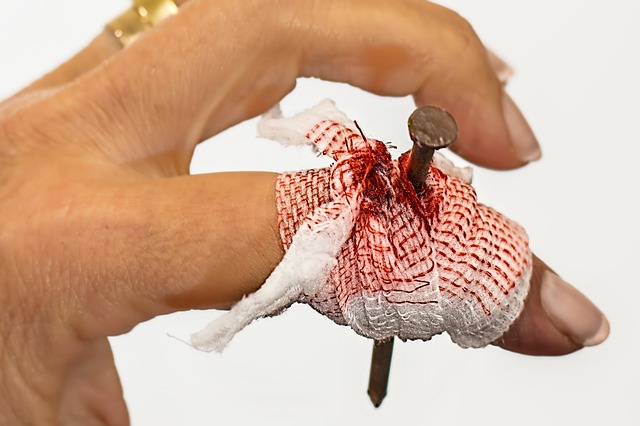First Aid Supplies for Remote Locations: Ensuring Preparedness Anywhere

First aid is a vital skill for adults to learn. In true emergencies, knowing how to make meaningful medical interventions can be the difference between the life and death of a seriously injured or ill person. In addition, it is worth considering that you likely do not know exactly when an accident or incident of ill health will occur. Having some basic skills and knowledge can make a huge difference in the outcome of the affected person.
However, in some circumstances, first aid is needed to be provided in a remote location. For example, you may be on a walking trip in a remote area of the world when a group member suffers an injury or experiences ill health. Taking adequate first aid supplies is vital whenever you are in a remote location, as it may be some time before medical services, or an emergency response can reach you. This article will discuss some first aid supplies that will allow you to be completely prepared for a range of situations when you are in a remote location.
Invest in a high-quality comprehensive first-aid kit
Firstly, taking a high-quality first aid kit with a comprehensive range of the most used medical supplies and equipment should be considered essential. These will typically include a range of plaster, bandages, gauze, and sterile scissors, amongst other items. Your first aid kit should be able to treat a range of minor injuries, including skin tears, cuts, and burns. Thankfully, companies such as seton.co.uk provide a comprehensive range of first aid kits and additional equipment that can be used to create a truly bespoke range of medical resources, depending on where you will be and what activities you will be undertaking. Consider the tasks you will be doing in your remote location and think about possible accidents or ill health that could occur as a result.
Be prepared for life-threatening emergencies with an AED
One of the main problems when in a remote location is the time it will take for medical or emergency services to reach you. Emergency services are typically based in urban areas, and it may take a significant amount of time for them to reach your location after you have made an emergency call.
In situations where there is a life-threatening medical emergency, such as a heart attack that leads to cardiac arrest, an automated external defibrillator can be the difference between life and death. These devices are simple to use (often featuring on-screen directions on how to place the pads and deliver the shock or voice commands). If you are going to be based in an extremely remote location, you may consider an AED a vital piece of medical equipment, especially if you are in a potentially dangerous environment (such as when mountain walking).
Communication in an emergency
As a brief final point, it is also vital to consider communication devices as extremely important in an emergency. Remote areas may have poor or non-existent mobile phone coverage, which can make contacting emergency services extremely difficult or even impossible. In such circumstances, it may be highly beneficial to take a satellite phone with you. Such communication devices rely on the orbiting satellite network rather than mobile phone masts and will allow you to make and receive calls in even the most remote locations.

